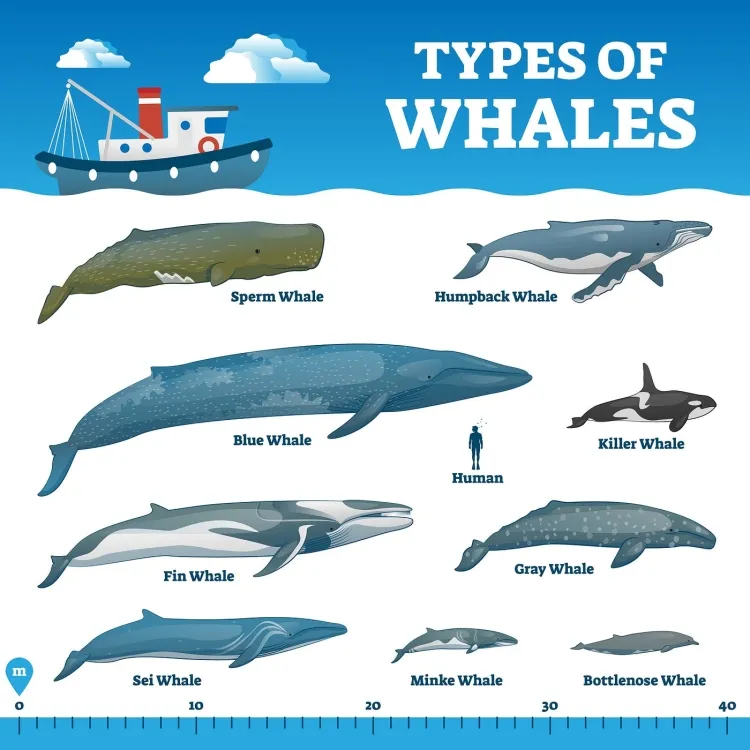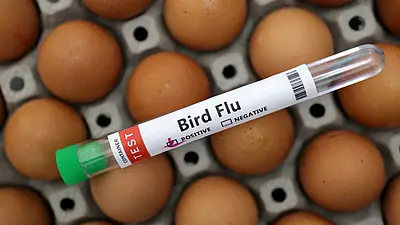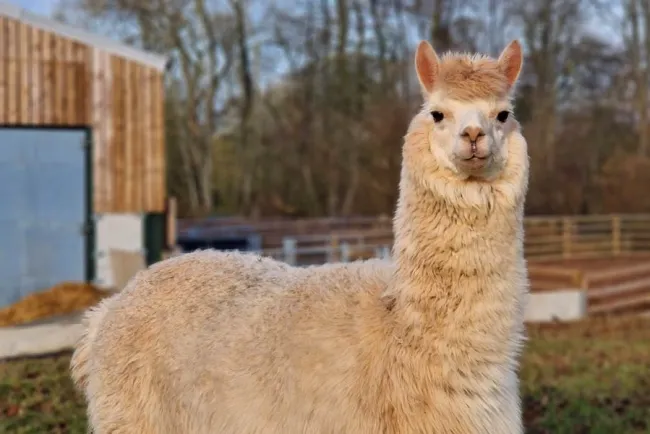Types of Whales and Their Uses...!!!
Whales are fascinating and vital inhabitants of our oceans. Understanding their ecological roles and historical uses underscores the importance of conserving these magnificent creatures for future generations.

Whales are magnificent marine mammals within the order Cetacea, which encompasses around 90 species of whales, dolphins, and porpoises. They are divided into two suborders: Mysticeti (baleen whales) and Odontoceti (toothed whales). Each type of whale possesses distinct characteristics and ecological roles. This article delves into various types of whales and their uses, both ecological and historical.
Types of Whales
1. Baleen Whales (Mysticeti)
-
Blue Whale: The largest animal on Earth, blue whales can grow up to 100 feet in length. They have a blue-gray coloration and are filter feeders, consuming small marine organisms like krill.
-
Humpback Whale: Known for their long pectoral fins and complex songs, humpback whales migrate great distances and are famous for their acrobatic breaches.
-
Fin Whale: The second-largest whale species, fin whales are streamlined and can reach speeds of up to 23 mph.
-
Gray Whale: Recognizable by their gray patches and rough skin, gray whales undertake one of the longest migrations of any mammal, covering up to 12,000 miles annually.
-
Right Whale: Identified by callosities on their heads, right whales are slow-moving and were heavily hunted in the past for their blubber.
2. Toothed Whales (Odontoceti)
-
Sperm Whale: The largest of the toothed whales, sperm whales have large heads filled with a substance called spermaceti. They are deep divers, hunting squid in the ocean depths.
-
Orca (Killer Whale): Recognizable by their black and white coloration, orcas are apex predators with a diverse diet that includes fish, seals, and even other whales.
-
Beluga Whale: Small and white, beluga whales are known for their vocalizations and inhabit Arctic and sub-Arctic waters.
-
Narwhal: Famous for the long, spiral tusk protruding from their heads, narwhals are often called the "unicorns of the sea."
-
Dolphins: Though often not associated with whales, dolphins belong to the toothed whale suborder and include species like the bottlenose dolphin and the pilot whale.

Uses of Whales
1. Ecological Role Whales play a crucial role in maintaining marine ecosystems by:
-
Nutrient Cycling: Whale feces provide essential nutrients to phytoplankton, the base of the marine food web. This process, known as the "whale pump," helps sustain fish populations and other marine life.
-
Carbon Sequestration: Whales contribute to carbon sequestration by storing carbon in their bodies. Upon death, their bodies sink to the ocean floor, effectively removing carbon from the atmosphere for centuries.
-
Trophic Cascades: As apex predators, whales help regulate the populations of their prey, maintaining the balance of marine ecosystems.
2. Historical Uses Historically, whales were hunted for various products, including:
-
Whale Oil: Extracted from blubber, whale oil was used for lighting lamps, making soap, and as a lubricant.
-
Baleen: Baleen plates from baleen whales were used in fashion (e.g., corsets) and for making items like whips and brushes.
-
Ambergris: A rare substance produced by sperm whales, ambergris was used in perfumes and as a flavoring agent.
3. Modern Uses Today, the focus has shifted to conservation and sustainable use:
-
Whale Watching: A popular ecotourism activity, whale watching generates significant revenue and promotes marine conservation.
-
Scientific Research: Studying whales provides valuable insights into marine biology, ecology, and the impacts of climate change.
-
Cultural Significance: Whales hold cultural importance for many indigenous communities, symbolizing strength, wisdom, and continuity with nature.
Whales are fascinating and vital inhabitants of our oceans. Understanding their ecological roles and historical uses underscores the importance of conserving these magnificent creatures for future generations. By promoting sustainable practices and supporting conservation efforts, we can ensure that whales continue to thrive in their natural habitats.
What's Your Reaction?

















